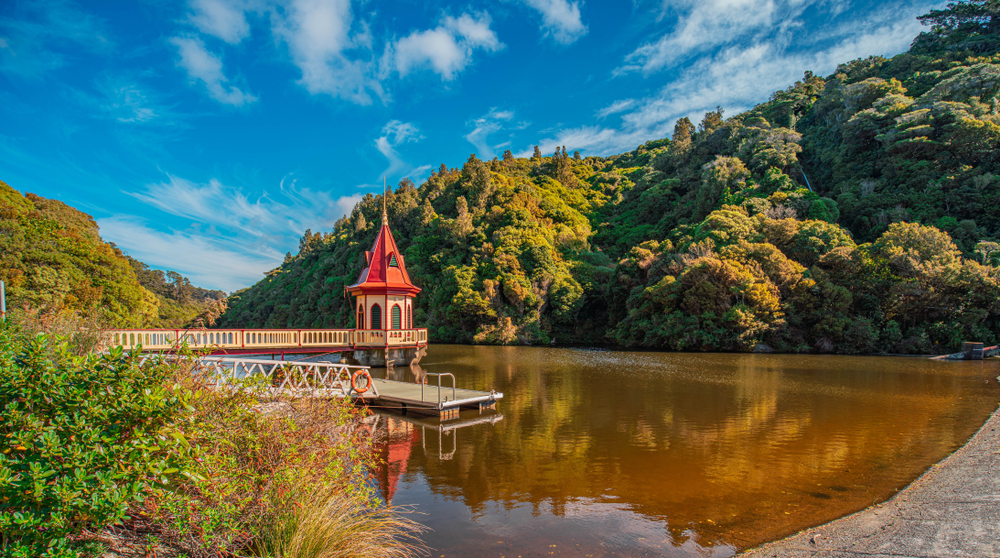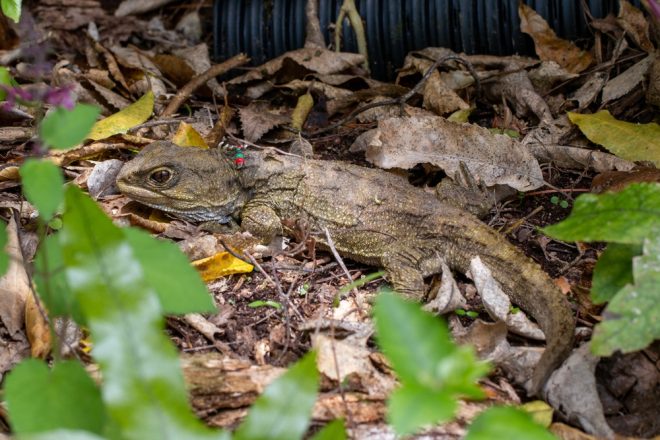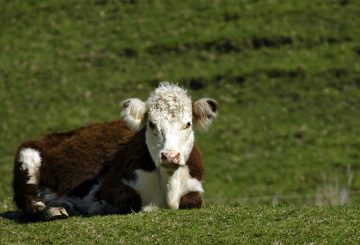这篇文章是为新闻机构 “Conversation” 撰写的,基于今年早些时候在新西兰庇护所举办的主题为 iwi 和保护的研讨会上的演讲。
随着世界领导人在格拉斯哥举行的 COP26 气候峰会上继续进行谈判,迄今为止达成的几项协议都承认气候变化与全球生物多样性丧失之间的联系。
在半个世界之外,我们可能会感到有些自鸣得意。新西兰将近三分之一的奥特罗阿被保护为保护区,但我们仍然是全球受威胁物种数量最多的国家,有 79% 的鸟类、蝙蝠、爬行动物和青蛙面临灭绝或濒临灭绝的威胁。
对野生动物的威胁完全是由于人类的影响,包括哺乳动物捕食者的引入和威胁土著生物多样性的土地使用做法。
尽管全国 600 个社区保护组织中有 4 万多人在工作,但这些努力和成果是微不足道的,尚未阻止生物多样性的下降。
调查显示,新西兰人越来越意识到我们的环境状况,但是知识本身并不能刺激行动。
我们建议 mātauranga Māori,一种了解自然世界的传统系统,可以帮助人们从认识到行动。
Taiao 的魔力是新西兰的国家生物多样性战略,规定了未来三十年的保护重点。它促进了西方科学和毛利人的编织,并强调对人和环境的关注。
定期调查显示,公众对新西兰环境状况的看法发生了显着变化。二十年前,大多数人认为环境健康状况良好,但是今天,大多数人认为环境状况不佳。
调查还询问受访者是否参与过环境倡导或志愿者工作,但在过去的二十年中,参与者的百分比保持稳定。
从意识到行动
由于以下几个关键原因,人们越来越感到与自然世界的脱节,包括:
- 个人主义的兴起和社区的侵蚀
- 技术和娱乐分散注意力
- 日益加剧的城市化和不平等导致 “经验的灭绝”
- 较贫穷的城市人口与大自然联系的机会较少。
仅凭意识并不能刺激行动,但研究表明,与自然联系更紧密的人具有更强的环境责任感。
如果我们想确保我们的土著生物多样性的生存,我们需要问一问我们如何从认识到行动。几个世纪以来,土著人民在保护生物多样性方面发挥了重要作用,mātauranga Māori 可以提供一些答案。
mātauranga 毛利人如何将知识转化为行动有三个主要方面。
1。生态科学增进了我们对生态系统之间相互联系的理解,使我们更接近毛利人与自然世界关系的 mātauranga Māori 概念。在这个概念中,如果环境不健康,人们也不能健康。将自己视为与自然世界相互联系和相互依存,可以产生对自然世界的互惠和关怀。
2。通过将价值观和信念嵌入到事实中,知识变得更加令人难忘、有意义和相关。这有助于人们在自然世界中形成归属的身份以及与地方的联系。如果我们感觉到与某个地方有联系,我们更有可能关心它。
3。意识到我们之间的相互联系和对自然世界的依赖有助于我们看到管理与威胁其他物种的做法之间的不协调。
以社区保护为答案
社区保护团体可以通过运用 mātauranga 毛利概念在实现新西兰的国家生物多样性战略方面发挥核心作用。
像西兰迪亚这样的生态保护区已经提供了通过教育和志愿服务与自然世界联系的机会。全国有 80 多个保护区,为人们提供了熟悉自然世界并参与保护活动的机会。
生态保护区表明环境恢复是可能的,保护是每个人的责任,而不仅仅是国家的作用。他们有效地在社区内建立了一个保护的选区。

西兰迪亚将其作用视为人们与自然世界互动方式的转型推动者。他们的 20 年战略强调毛利人 mātauranga 毛利人,并通过共同的激情激发变革。
生物多样性战略从根本上讲是关于人的[…],我们面前的任务从根本上讲是改变人们对自然世界的评价方式。
毛利人不断跨越两个世界,穿越毛利人的世界观和 Tauiwi(西方)世界。非毛利人很少进入毛利人的世界,对毛利人的陌生会引起不适。
纳入 mātauranga 毛利人不应意味着从毛利人那里获得的知识或掩盖毛利人的合法申诉。取而代之的是,能够保持两种世界观可以比作获得双目视野 —— 人们比通过单个镜头看世界更能辨别深度和细节。
为了维护和改善我们的生物多样性,我们需要在任何地方进行保护,而不仅仅是在保护空间。接受 mātauranga 毛利人的概念可以帮助新西兰人发展生态属性的身份,从而成为我们生物多样性的更好的 kaitiaki(守护者)。





























































